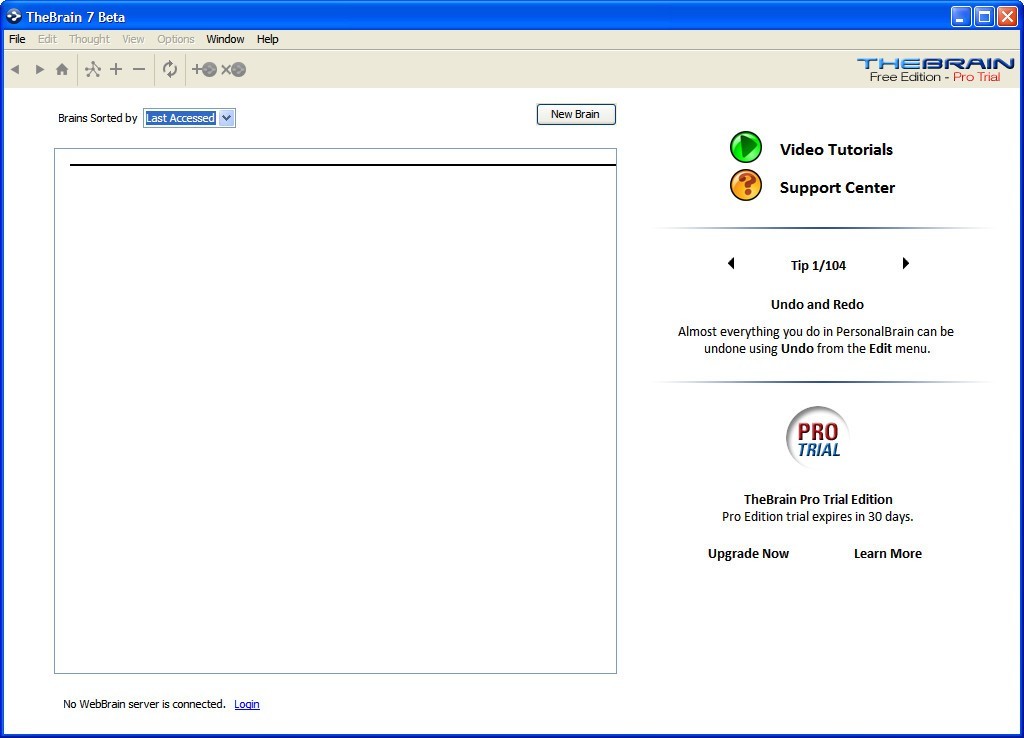


However, the exact cause of AD still remains unknown. Observations of these hallmarks have led to several hypotheses in attempts to explain the underlying cause of the disease, which is likely multifactorial. Several pathological hallmarks of AD have been identified, and they include decreased cholinergic neurons and acetylcholine (ACh) levels, plaques caused by aggregation of the protein fragment amyloid-β (Aβ), tangles associated with irregular phosphorylation of tau protein, inflammation and increased oxidative stress from reactive oxygen species (ROS), as well as dyshomeostasis and miscompartmentalization of metal ions such as Cu, Fe, and Zn. As these numbers indicate, AD represents a significant and increasing burden on our population, and efforts towards the development of new and improved diagnostics and therapeutics for this devastating disease are important research endeavors. Between 20, the number of deaths caused by AD increased by 66%, a dramatic rise, especially when compared to other causes of death, such as heart disease, stroke, prostate and breast cancer, and HIV, which decreased by 3–29% during that time period. In the United States, AD represents the 6th leading cause of death. Several probes discussed herein show particularly promising results and will be of immense value moving forward in the fight against AD.Īlzheimer’s disease (AD) is a progressive neurodegenerative disorder of the central nervous system currently affecting ~5.4 million Americans, a number that could increase to 11–16 million by the year 2050. This review provides a survey of chemical probes developed to date for AD with emphasis on synthetic methodologies and structure–activity relationships with regards to affinity for target and brain kinetics. These facts have led to numerous efforts to develop chemical probes to detect pathophysiological hallmarks of AD, such as amyloid-β plaques, for diagnosis and monitoring of therapeutic efficacy. In addition, current diagnostic tools for AD rely largely on subjective cognitive assessment rather than on identification of pathophysiological changes associated with disease onset and progression. Current treatments for AD leave much to be desired, and numerous research efforts around the globe are focused on developing improved therapeutics. TheBrain Technologies may also be known as or be related to Brain Technologies, Brain Technologies, Inc., TheBrain Technologies and TheBrain Technologies LP.The number of people suffering from Alzheimer’s disease (AD) is expected to increase dramatically in the coming years, placing a huge burden on society. The data presented on this page does not represent the view of TheBrain Technologies and its employees or that of Zippia. None of the information on this page has been provided or approved by TheBrain Technologies. While we have made attempts to ensure that the information displayed are correct, Zippia is not responsible for any errors or omissions or for the results obtained from the use of this information. Sources of data may include, but are not limited to, the BLS, company filings, estimates based on those filings, H1B filings, and other public and private datasets. The data on this page is also based on data sources collected from public and open data sources on the Internet and other locations, as well as proprietary data we licensed from other companies.

The employee data is based on information from people who have self-reported their past or current employments at TheBrain Technologies. Zippia gives an in-depth look into the details of TheBrain Technologies, including salaries, political affiliations, employee data, and more, in order to inform job seekers about TheBrain Technologies. Based in Los Angeles, CA, TheBrain Technologies is a small technology company with only 30 employees and an annual revenue of $1.4M. Pay at TheBrain Technologies is significantly lower than some of its highest paying competitors, like VMware, Chef Software, and Smith Micro Software, which pay $126,075, $120,268, and $116,742, respectively. The average employee at TheBrain Technologies makes $87,370 per year. Want to compare TheBrain Technologies to some other great places to work in Los Angeles, CA? We suggest taking a look at Zippia's list of Best Companies to Work For in Los Angeles, CA. Founded in 1996, TheBrain Technologies is an established company that loves to hire graduates from Arizona State University, with 21.4% of its employees having attended Arizona State University. TheBrain's patented user interface is so flexible and flui. We think the world deserves a better way to organize and store their information than folder directories and long lists. TheBrain is designed to help you organize information the way you think.


 0 kommentar(er)
0 kommentar(er)
